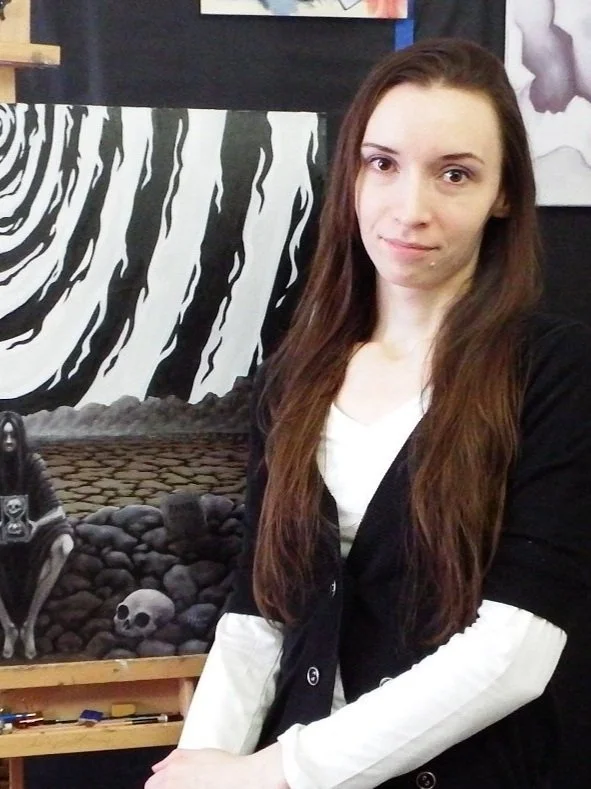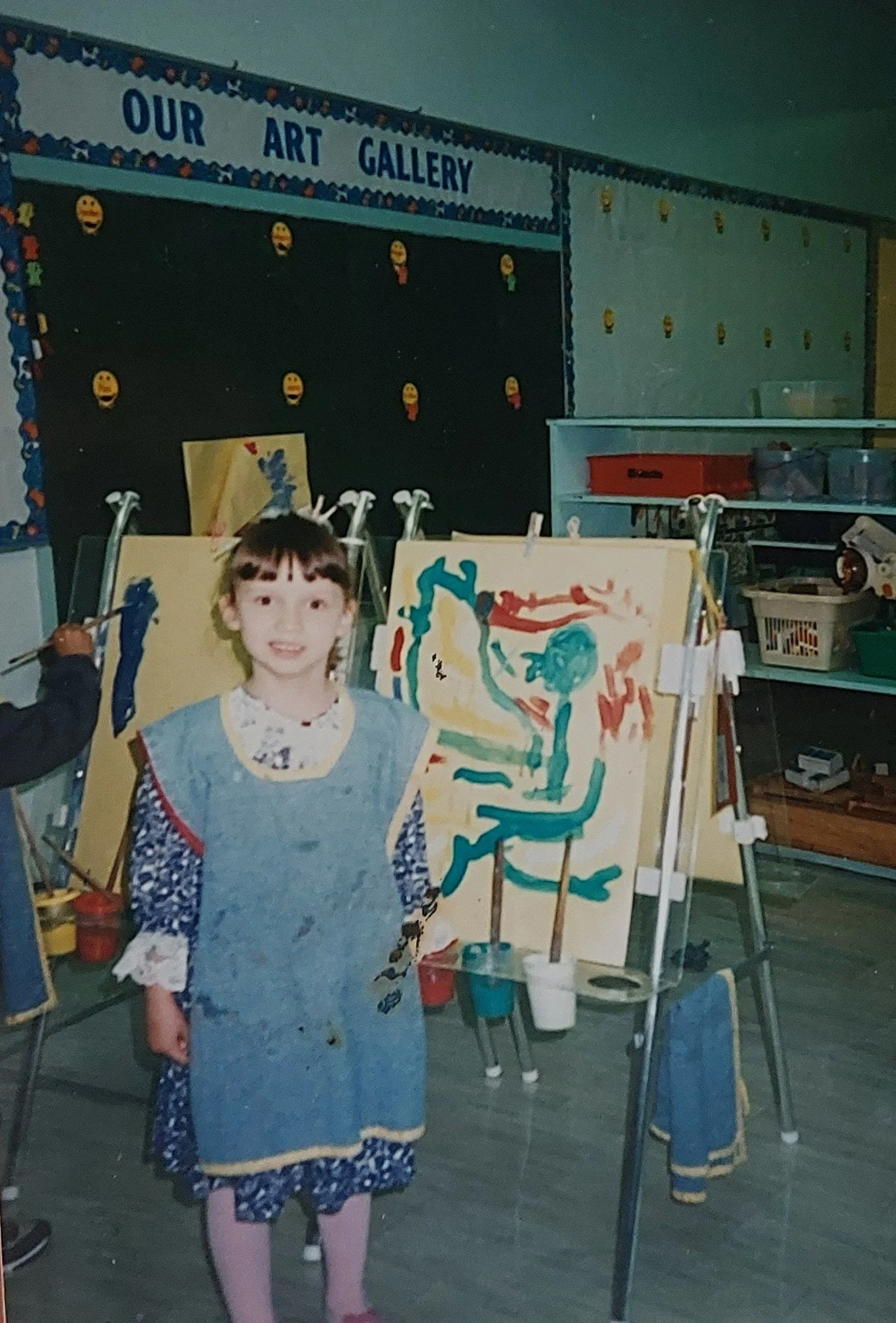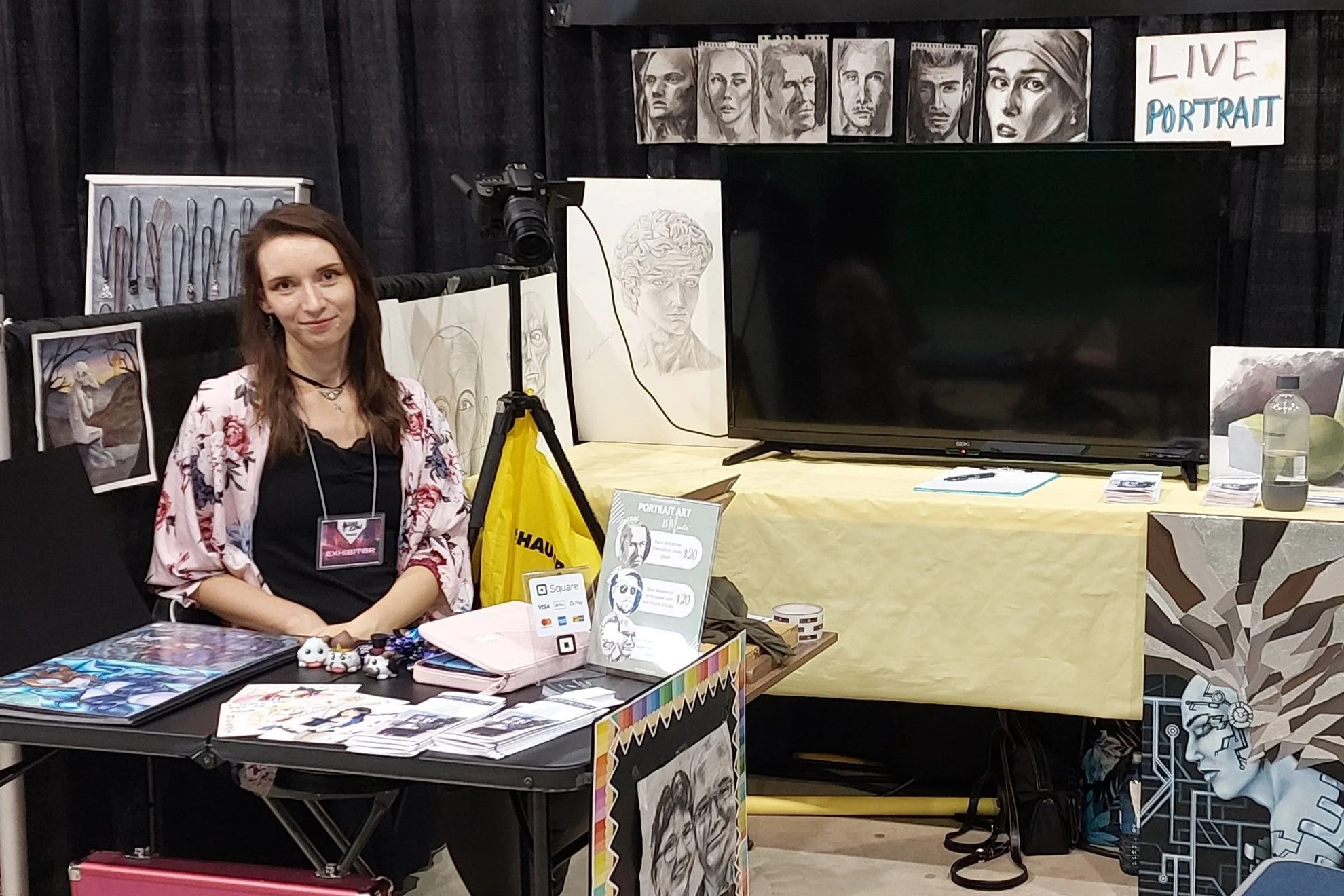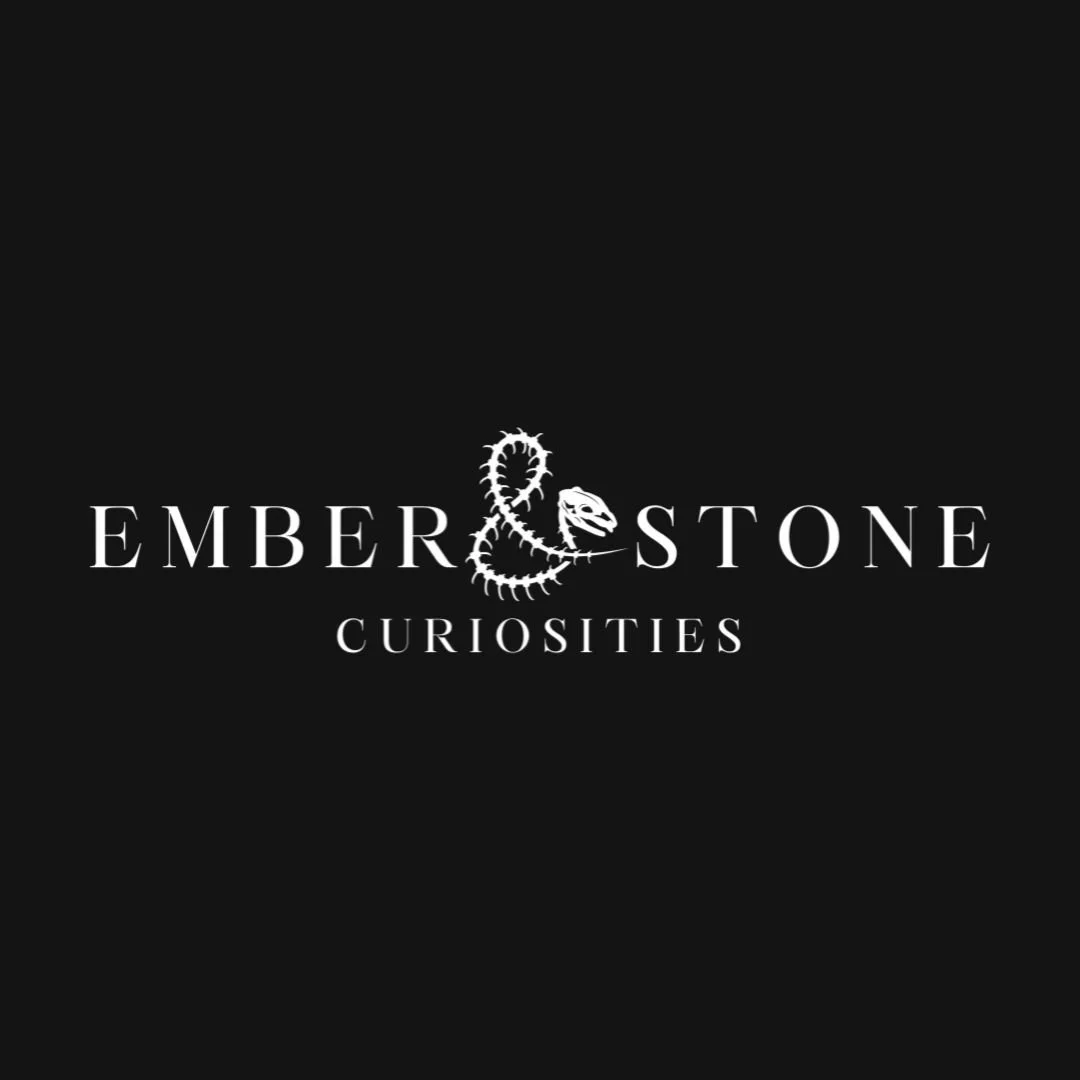A Transformational Journey through Creative Expression
The Open Palette technique is all about pivoting and being flexible enough to make changes on a whim. Creating is unpredictable and having an open palette free to experiment with colors allows a freedom that pre-mixing paint colors just doesn’t have.
It’s not about the destination, but the windy journey that art takes us on. The most human quality is the creativity that is in everyone.
She hopes you’ll enjoy the journey just as much as she does.
Hannah Nott is an Ontario born Metis artist and expanding her career as an artist and illustrator. She is a graduate of Memorial University of Newfoundland and works as an instructor through her Mentorship Program, teaching academic-style lessons of the art fundamentals and techniques, as well as a Gallery Assistant at a local art gallery.
Kindergarten 1996
GrandeCon 2023
She is a multidisciplinary artist that explores the world through the lens of visual emotionalism. Her specialty is in oil paint, watercolor and drawing techniques. Her current works revolve around creating fantastical imagery to express the emotions, hardships, and the mundane with her own twist. The journey has been windy and steep, and today she continues on to discover, learn, hone, and connect.
Represented by
2018
What VS who consists of several separate oil paintings, each depicting various personal moments and memories. These include events and ceremonies performed by Indigenous elders such as the sweatlodge, shaking tent, and other influential experiences. The painting at the base depicts the neck of the portrait, symbolizes the biological components--Polish, Canadian, Indigenous--while the lips in the same painting depicts the lifestyle I choose to live through active decision--the Ojibwa tradition. These images are painting in a style representing my mixed heritage— a mixture of the revered Woodlands art and Polish folk art. As biology has mixed to create me, as do the two different styles mix and make the style present in the paintings. These pieces are fragments of an identity that are stitched together to create a large portraiture image. The stitched paintings are fastened onto an octagonal frame, similar to the stretching of hide when creating Indigenous hand drums.
This artwork brings a new voice into the conversation of cultural identity and what factors affect its determination. They are pieced together with the threads of consciousness and decisions like a patchwork quilt. The circular resemblance of the frame speaks to the “coming full circle” in my journey to find my identity as an artist and individual. Circumstances are rarely unique, and there is a probability that others are in the same circumstances I have experienced, however minute of a chance. There are others who are not of immediate Indigenous heritage, but who have been raised in that environment; it is like being an adopted child. The adopted child has every right to feel welcome in the adopting home they were raised in. However, the conversation seems very different when cultural upbringings and biological heritage are brought into question.







